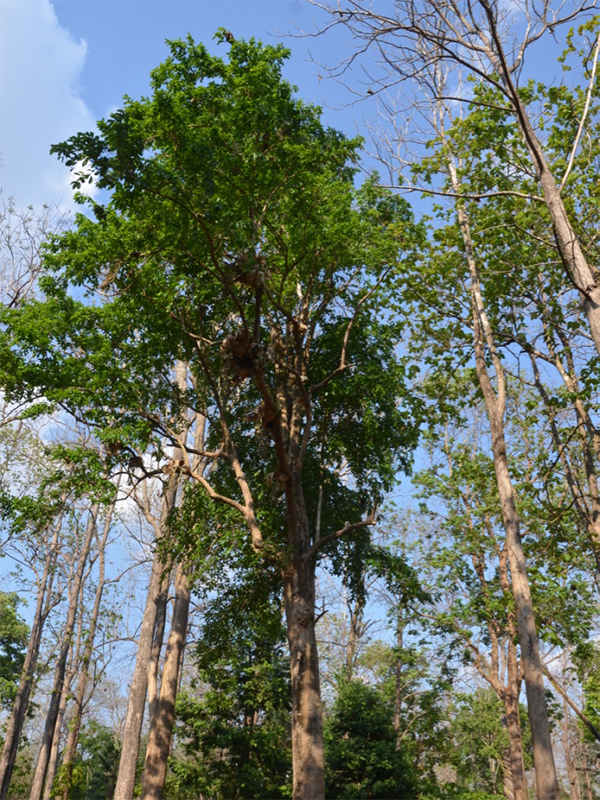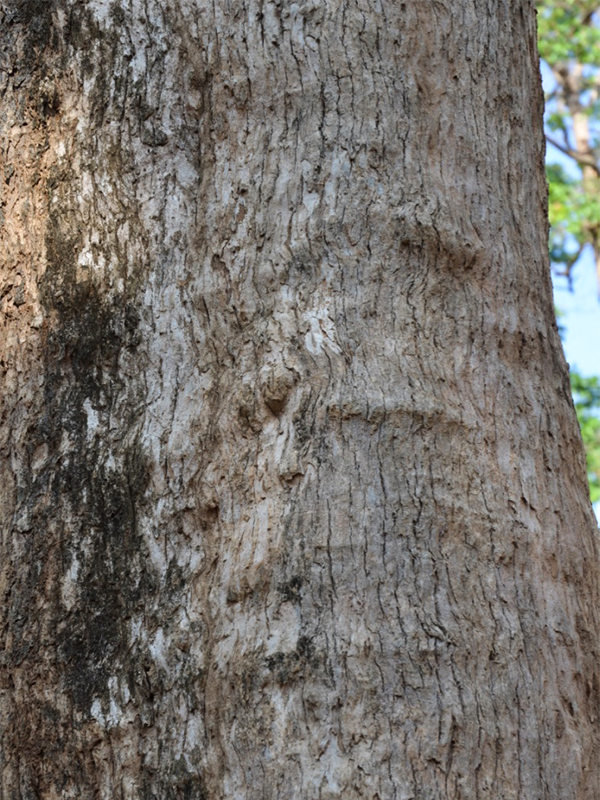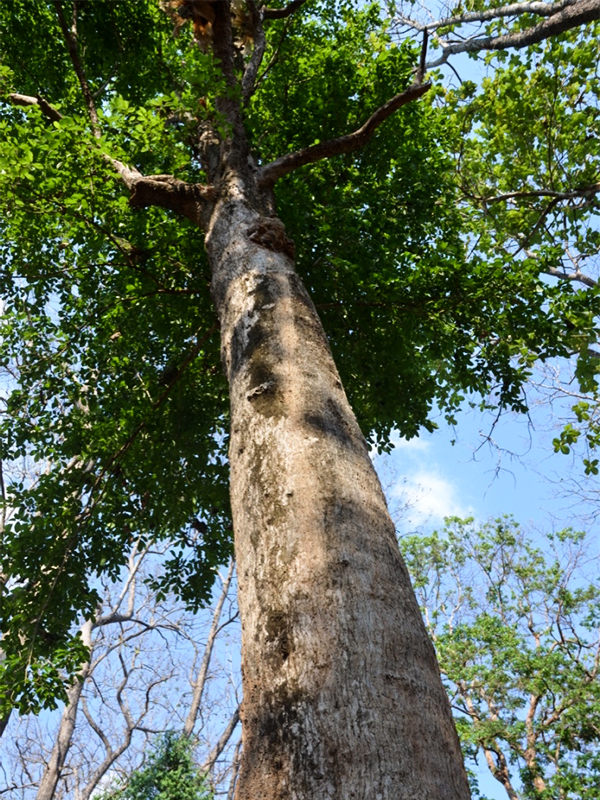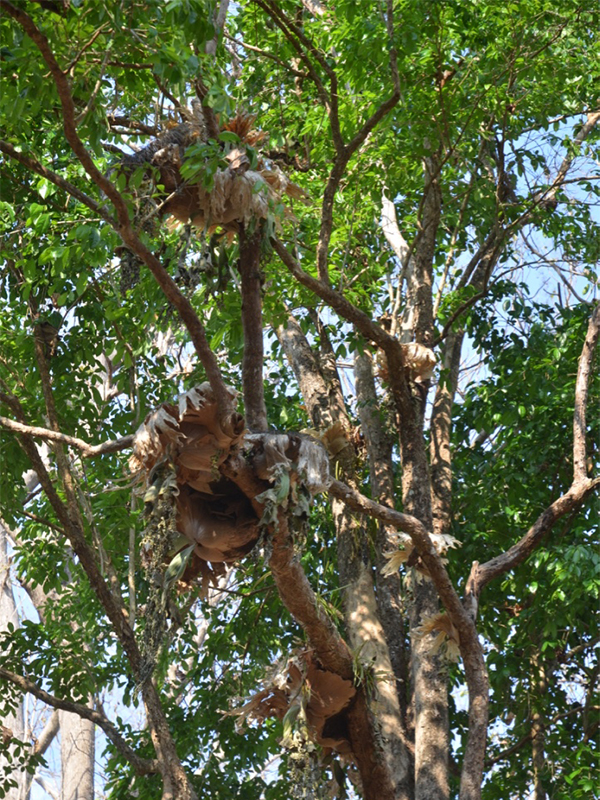Alangium salviifolium subsp. wangerin (Sage-Leaved Alangium)
Botanical Information
| Family | Alangiacae |
| Genus | Alangium |
| Species | salviifolium |
| Subspecies | wangerin |
| Category | Tropicals, Woody |
| Type | Tree (deciduous), Shrub (deciduous) |
| Origin | Western Africa, Madagascar, Southern and Eastern Asia, Australia, Pacific Ocean Islands, and New Caledonia. |
| Ethnobotanical Uses Disclaimer | Considered a holy tree in India and temples have been built near them. In Ayurveda the roots and the fruits are used for treatment of rheumatism, and hemorrhoid.Externally it is used for the treatment of bites of rabbits, rats, and dogs. |
Details
| USDA Hardiness Ref. | |
| Canadian Hardiness Zone | Requires cool season protection under glass. |
| Canada Hardiness Ref. | |
| RHS Hardiness Ref. | |
| Height | 15 m |
| Growth | Medium |
| Flowering Period | February, March, April |
Description and Growing Information
| Propagation | By cuttings. |
| Habitat | Dry regions in plains and low hills and also found along roadsides and open areas. |
| Bark/Stem Description | Dense canopy with a short trunk. The stunted branches end up with sharp ends making it look like thorns. |
| Leaf Description | The leaves are simple, alternate, oblong-lanceolate to rounded. Sheds leaves when flowering, leaves grow back when flowers are replaced by fruits. |
| Flower Description | Fragrant and petals typically curl backwards exposing multiple stamens and a linear stigma. |
| Fruit Description | The fruit are spherical and berry-like. |
| Colour Description | Foliage is green, flowers are white, flower buds are green, fruit are red. |



